IHDAccess Repayable First-Time Homebuyer Assistance Programs
IHDAccess Repayable: Illinois’ Straightforward Path to Your First Home
The IHDAccess Repayable program is more than a line on a brochure—it's a practical bridge between renting and owning for thousands of Illinois residents. Launched by the Illinois Housing Development Authority (IHDA), the initiative offers a low-interest loan for down-payment and closing costs, making that “someday” home purchase feel suddenly achievable. Below, you’ll find everything you need to know, from eligibility rules to smart application tips, all optimized for clarity (and a quick skim during your lunch break).
Why First-Time Buyers in Illinois Are Flocking to IHDAccess Repayable
According to IHDA’s internal loan data shared at a 2023 housing symposium, 61% of Illinois first-time buyers who closed with state-backed assistance used some form of IHDAccess. The repayable version stands out because it balances flexibility with responsibility: buyers receive funds now and pay them back later, interest-free for the first decade.
Think of it as a friendly relative spotting you cash, then giving you years before they ask for the money back—except the “relative” in this case is the State of Illinois, and the repayment terms are in writing.
How Does the IHDAccess Repayable Program Work?
At its core, the IHDAccess Repayable program provides 10% of a home’s purchase price—capped at $10,000—as a second mortgage. This loan carries a zero-percent interest rate for the first 10 years. Monthly payments begin in year 11, amortized over the remaining 20 years. In other words, the help arrives when you need it most and waits until you’re more financially stable to request payback.
Because the assistance is technically a loan, not a grant, you don’t have to worry about recapture tax. And unlike forgivable options that vanish if you refinance, the IHDAccess Repayable loan simply transfers to your new first-lien lender, keeping the program’s benefits intact.
- Maximum assistance: $10,000 (or 10% of purchase price, whichever is less)
- Interest rate: 0% for Years 1–10
- Repayment: Begins Year 11, spread over 20 years
- Pairing: Compatible with conventional, FHA, VA, USDA loans
Who Is Eligible for IHDAccess Repayable in Illinois?
Eligibility is refreshingly straightforward. To qualify, applicants must:
- Be a first-time buyer. Defined as no ownership interest in the previous three calendar years. Veterans and buyers in federally designated target areas are exempt from the “first-time” rule.
- Meet minimum credit standards. Lenders typically look for a 640+ FICO score, though some allow down to 620 with compensating factors.
- Satisfy income limits. IHDA sets county-specific ceilings. In Cook County, for example, a household of three can earn up to roughly $118,000 (2024 figure) and still qualify.
- Purchase a property under the max price. Limits also vary by county—$481,176 for existing homes in many Chicago suburbs as of this writing.
- Complete a HUD-approved homebuyer education course. The certificate is your golden ticket to funding.
The result? An inclusive yet responsible framework designed to assist moderate-income households without saddling them with unaffordable debt.
How Much Assistance Can I Get With IHDAccess Repayable?
While the headline number is $10,000, remember it’s capped at 10% of the purchase price. So on a $160,000 starter home in Rockford, you’d receive $10,000. Opt for a $90,000 fixer-upper in Cairo, and your help would be limited to $9,000—still enough to cover a standard 3% down payment plus inspections.
As interest rates fluctuate, having that extra cushion can be the difference between Offer Accepted and “We went with another buyer.” Sellers love seeing robust proof of funds, even if the funds come from IHDA.
Is IHDAccess Repayable a Grant or a Loan?
It’s a loan. However, the structure feels grant-like because you don’t pay interest for a decade, and the monthly payment after Year 10 is typically less than a streaming subscription bundle. For example, a $10,000 second mortgage amortized over 20 years at 4% (current estimate) equals roughly $60 per month.
That modest payment rarely threatens home affordability, especially since most buyers see income growth over the first 10 years of ownership. In short, you borrow now, breathe easy later.
A Micro-Story: Maria & Jamal’s 14-Day Turnaround in Peoria
When Maria (a nurse) and Jamal (an HVAC apprentice) discovered they were expecting their second child, the couple’s 750-square-foot apartment suddenly felt like a shoebox. Yet saving $8,000 for a down payment looked impossible—until their Realtor mentioned IHDAccess Repayable assistance. Within two weeks, they secured a $185,000 three-bedroom Cape Cod. The $10,000 IHDA loan covered 100% of their down payment and most closing costs. “We moved in with money still in our emergency fund,” Jamal told a local housing panel last fall. Their story underscores how quickly the program can transform “one day” into Day One.
Pros & Cons: An Honest Assessment
No program is perfect. Below is a balanced snapshot.
| Upsides | Potential Trade-offs |
|---|---|
|
|
Step-by-Step Guide to Securing Your Illinois IHDAccess Repayable Loan
- Check your credit. Pull a free report, dispute errors, and pay down revolving debt to lift your score.
- Confirm income & purchase price limits. Use IHDA’s latest county chart or ask your lender for an updated PDF.
- Select an IHDA-approved lender. Over 100 institutions participate statewide, from neighborhood credit unions to national brands.
- Complete the homebuyer course. Most buyers choose the online option—it runs about six hours and costs $25–$50.
- Get pre-approved. The lender will layer the IHDAccess Repayable loan atop your primary mortgage.
- Make an offer. Include a copy of your pre-approval and IHDA reservation letter to reassure the seller.
- Close and move in. Sign two sets of notes—one for the first mortgage, one for IHDAcess Repayable—and receive your keys.
Smart Strategies to Maximize IHDAccess Repayable Assistance
Because funds arrive as a lump sum at closing, tactical buyers often:
- Split the pot. Allocate part toward a larger down payment to eliminate private mortgage insurance (PMI) faster, and the rest toward closing costs.
- Negotiate seller credits. Pair IHDA funds with a 2–3% seller concession to cover prepaid taxes and HOA fees—leaving your savings account untouched.
- Use an energy-efficient mortgage add-on. If you upgrade insulation or HVAC systems, you could qualify for slightly higher loan limits.
These minor tweaks can save thousands over the life of the loan—money you can redirect toward home improvements or, better yet, a well-deserved vacation after moving day.
FAQ
What credit score is needed for IHDAccess Repayable?
Lenders prefer 640+, but some will accept 620 with strong compensating factors and manual underwriting.
Can you combine IHDAccess Repayable with FHA or VA loans?
Yes, the assistance attaches as a second mortgage, while FHA/VA guidelines govern the first mortgage.
Do I need to be a first-time buyer to use IHDAccess Repayable?
Generally yes, unless you’re purchasing in a federally designated target area or you’re a qualifying veteran.
How do I apply for IHDAccess Repayable?
Start with an IHDA-approved lender; they’ll submit your application through IHDA’s online portal once you’re under contract on a property.
Ready to Unlock Your Front Door?
Whether you’re scouring Zillow late at night or counting the days until your lease expires, the IHDAccess Repayable program could shorten your path to homeownership. Our team specializes in pairing buyers with the right lenders, neighborhoods, and state incentives—so you can focus on picking paint colors, not deciphering paperwork.
Let’s turn that dream address into your legal address. Schedule a free strategy call today.
Suggested URL Slug: /illinois-ihdaccess-repayable-first-time-homebuyer-guide
Explore More Blog Posts
Checkout more similar posts those will help you to choose better property.

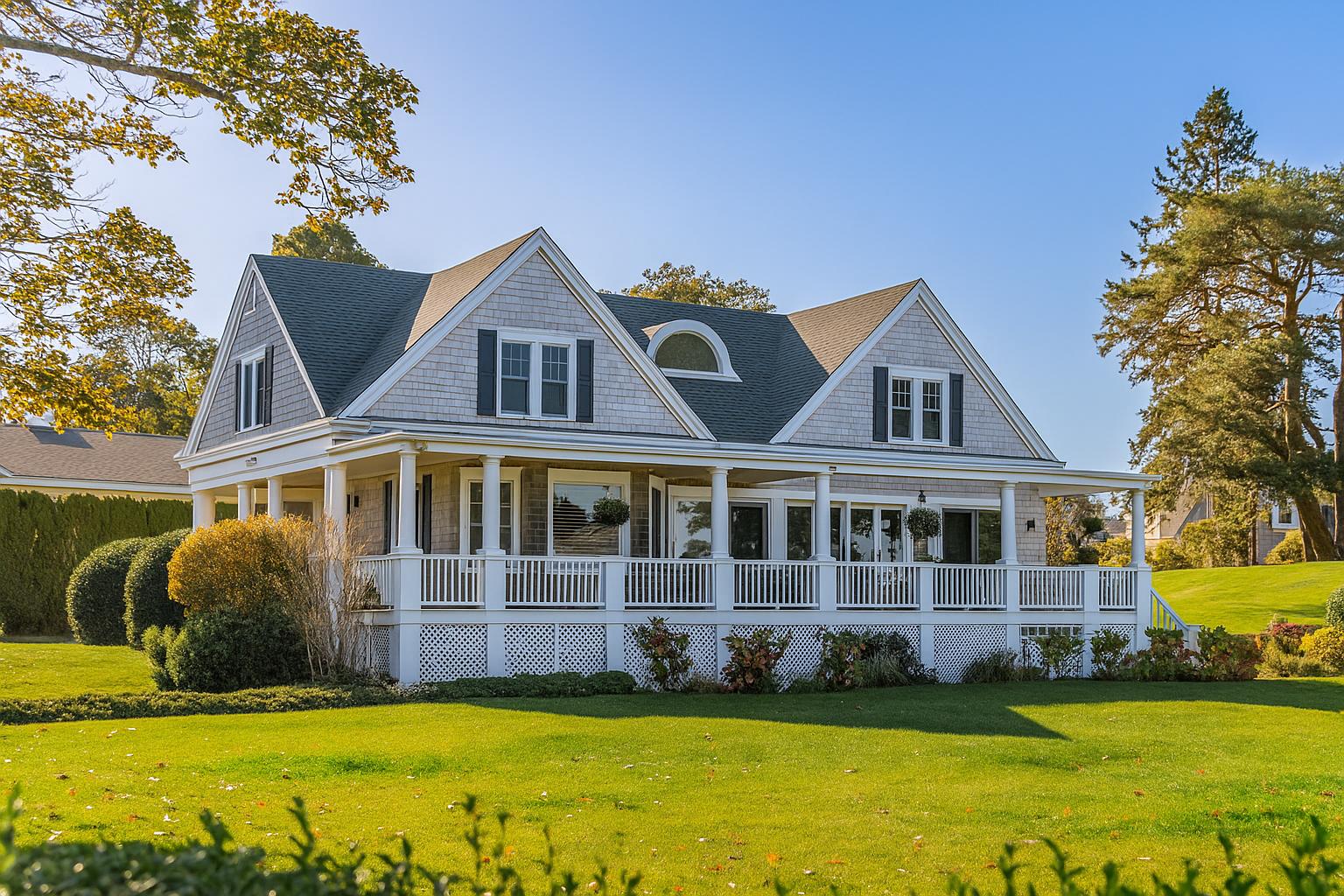
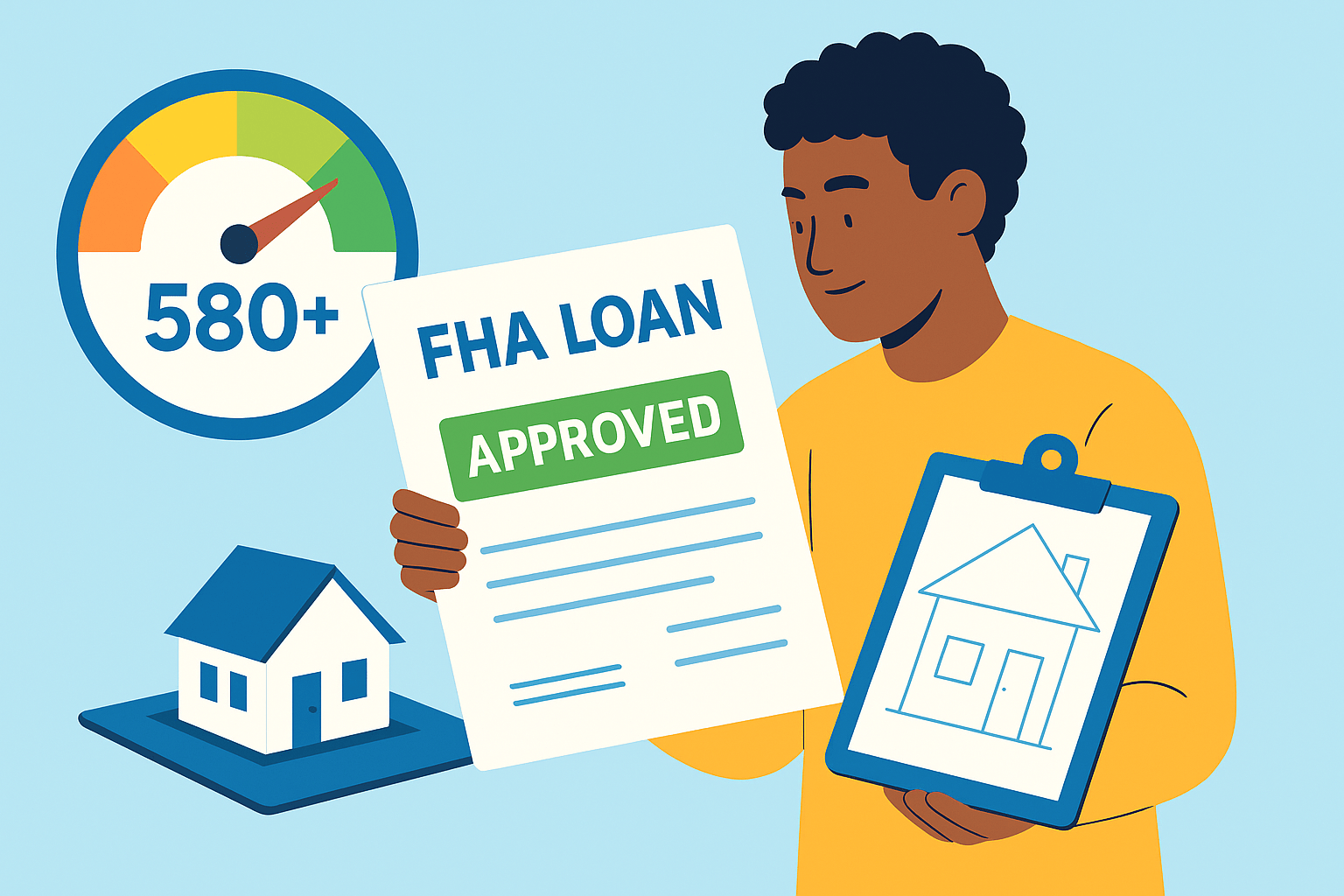
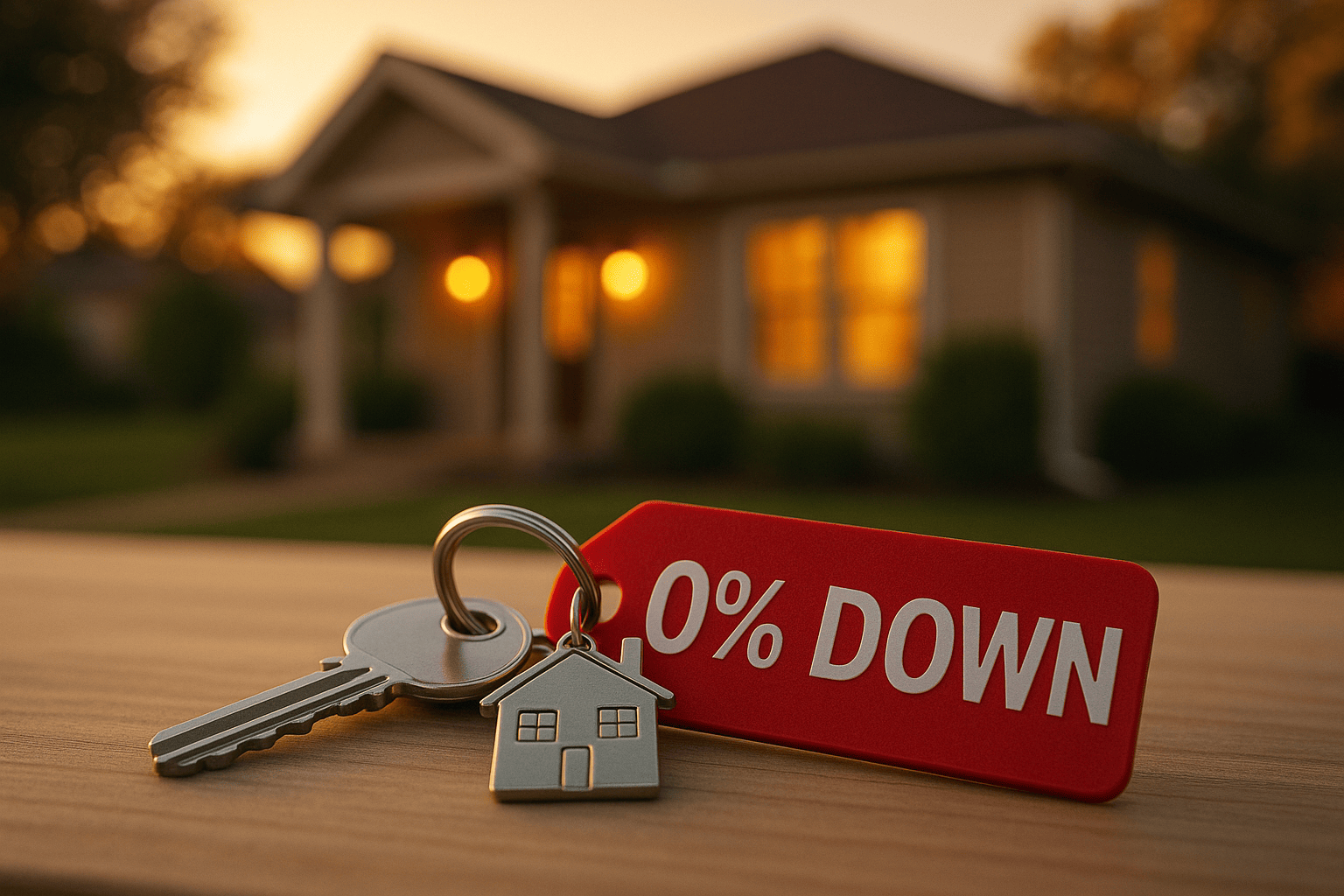
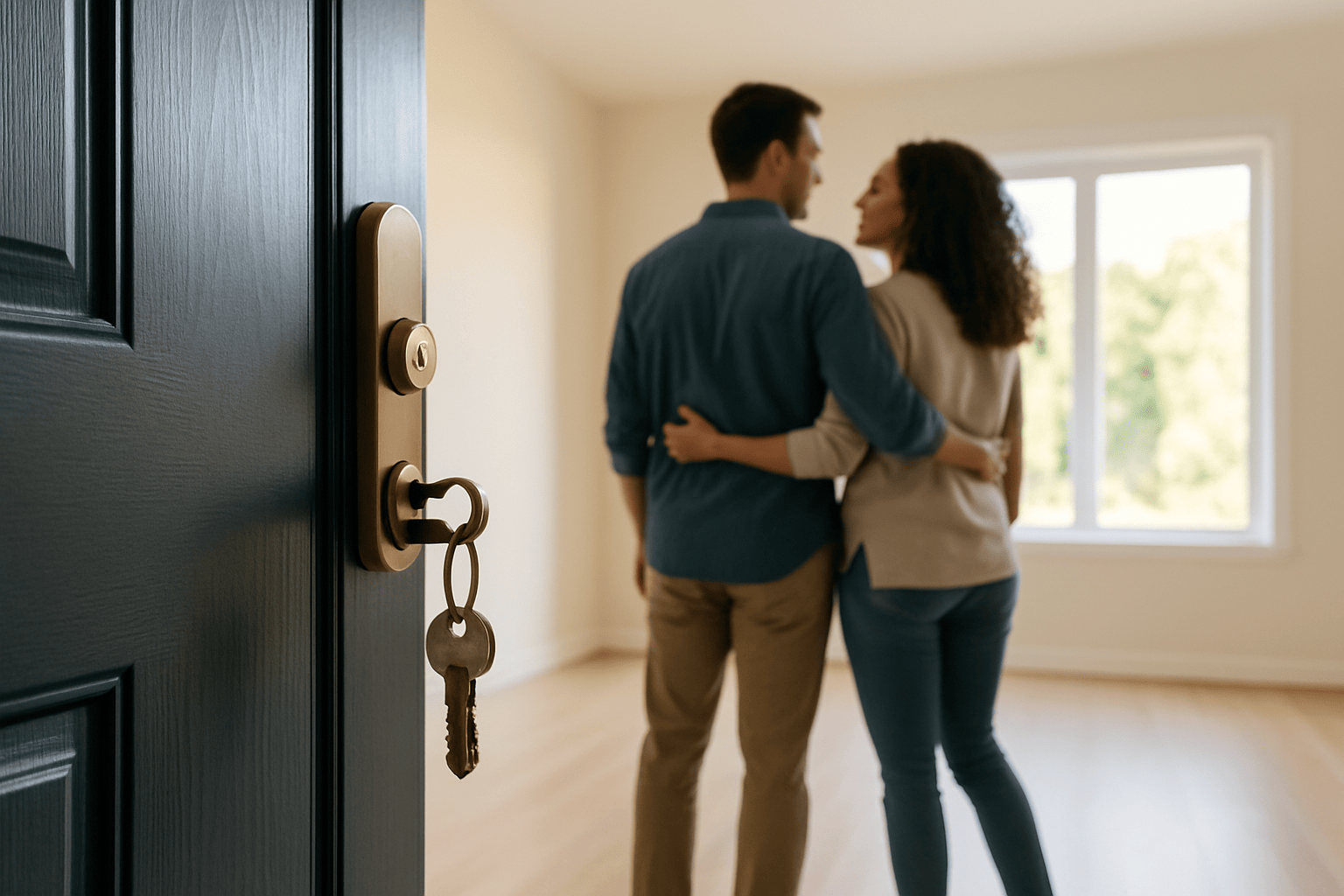
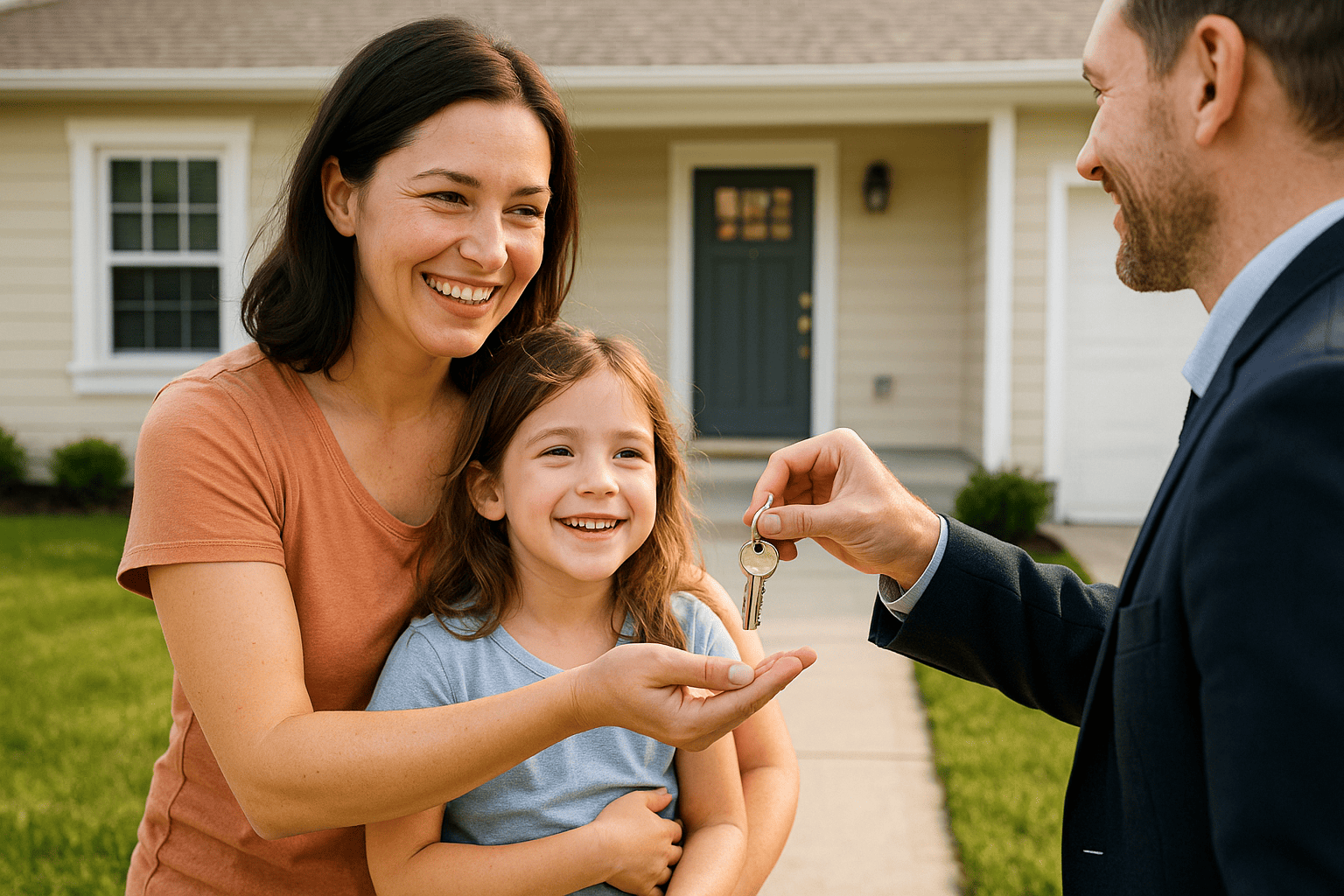


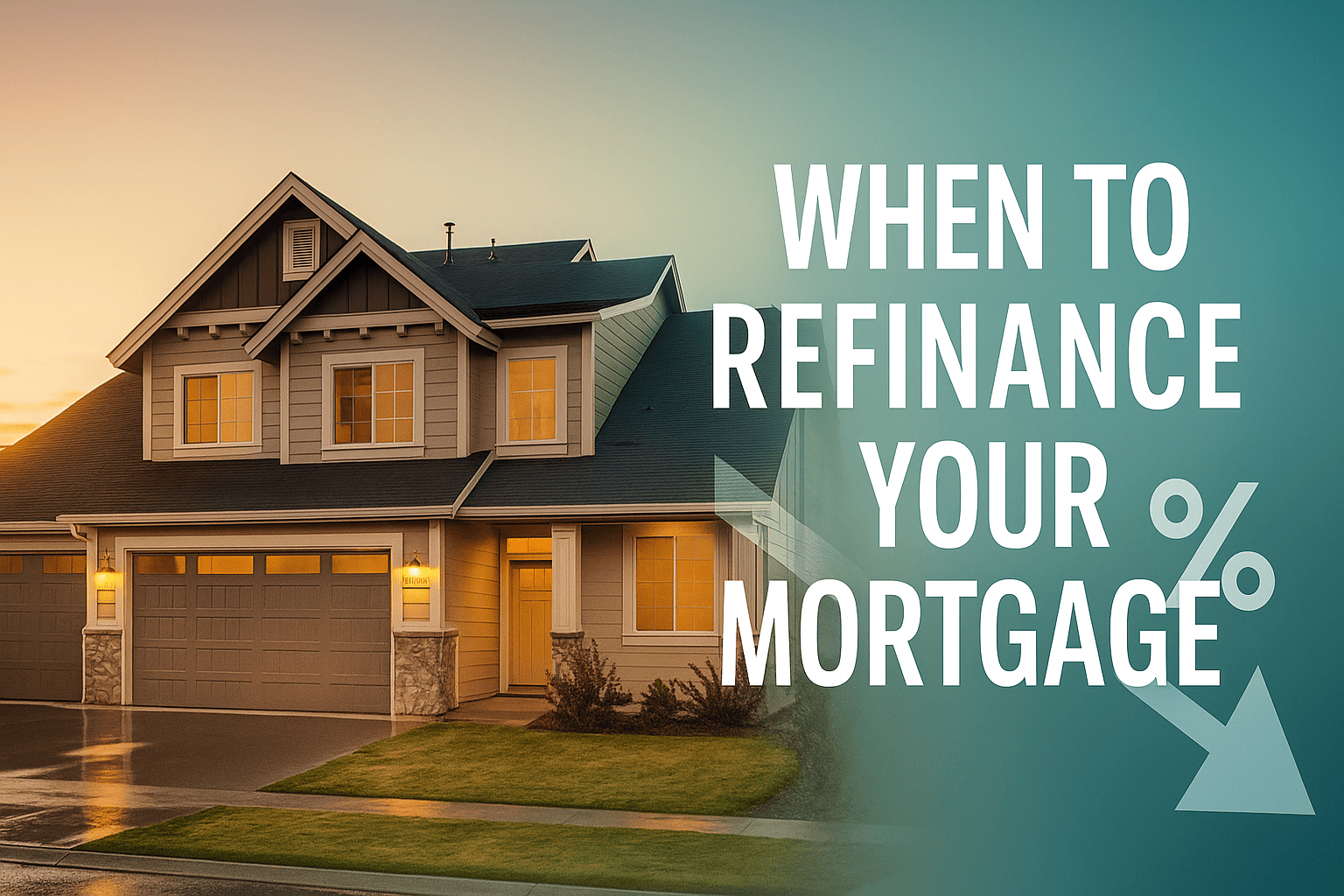
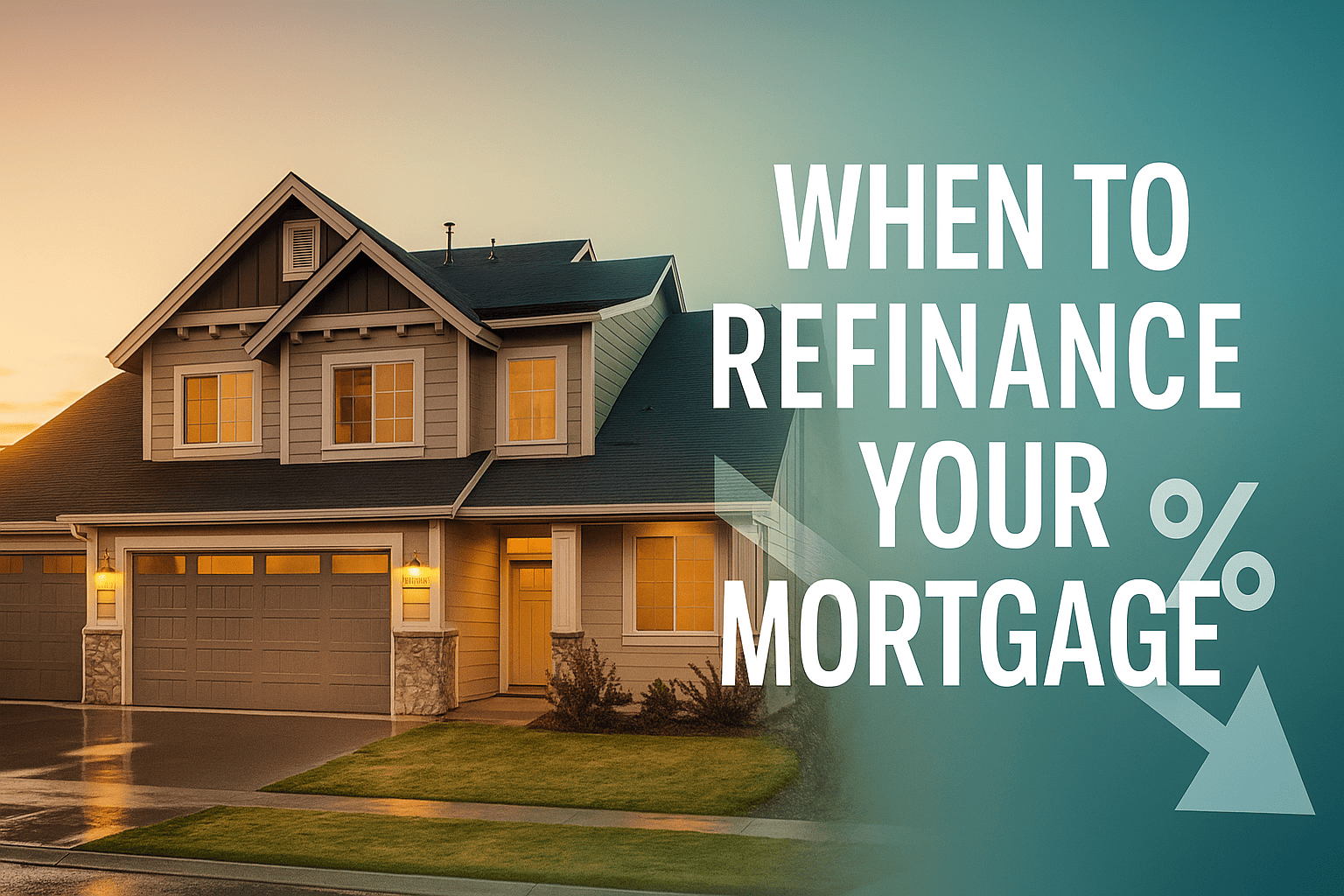


 Profile
Profile Password
Password Saved Properties
Saved Properties Sign Out
Sign Out
 +0.01
+0.01
 -0.15
-0.15

